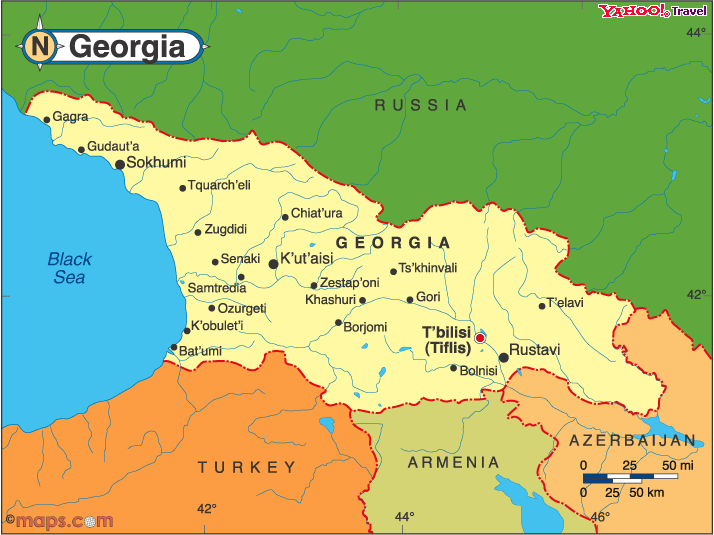by Martin Field
Matilda Bay Crema $15 the 750ml bottle \_/\_/
‘Would you like a coffee with that beer Sir? In the one glass?’ Yep, this is a beer made from malted barley and wheat and Arabica coffee. Sounds unusual, but it’s not all that uncommon to hear beers described as having coffee flavours – so why not brew some in? Orangey gold in colour. Nose of malt and café latte. Full and soft in the mouth with an edge of bitterness and a tang of mocha.
Yellowglen Vintage Crémant 2004 up to $17 \_/\_/\_/
Pale gold. Nose of white flowers, pears and lightly toasted bread. Creamy texture on the tongue and pleasing peachy flavours. Finishes off-dry with an edge of lemon zest. I served this blind to a wine class recently – they loved it and went out the next day to buy a case or two to share.
Pauletts Polish Hill River Clare Valley Riesling 2006 Cellar door price $18 \_/\_/\_/\_/
Near water pale, green-gold edge. Nose of lime flowers and lemon. Clean, quite dry, elegant palate of mixed citrus fruits and minerals. Zesty lasting finish. Cellar to 2016.
Tahbilk Viognier 2006 up to $19 \_/\_/\_/
Will be released mid November. Nagambie Lakes Victoria. Pale straw, hint of green. Aromatic, grassy, apple skin, kiwi fruit nose. Dry, with more kiwi fruit on the palate and tangy acid. If you tasted this blind you might think it was a riper style of sauvignon blanc. Lovely main course white.
Phi (Φ) Lusatia Park Vineyard Pinot Noir 2005 around $55 \_/\_/\_/\_/
Yarra Valley Victoria. One definition (www.answers.com) of phi that might apply here is ‘A shorthand representation for an aromatic functional group in organic chemistry.’ Another is a super-premium Yarra Valley collaboration between Yarra Valley makers De Bortoli and the Shelmerdine family. Rosy, mid red appearance. Generously perfumed nose of strawberries, cherries and smokey oak. Stacks of juicy, bursting ripe pinot berries in the mouth supported by fine tannins and beautifully integrated oak. Delicious.
Penfolds Koonunga Hill Cabernet Sauvignon 2005 about $15 \_/\_/$
South Australia. Mid crimson colour. Plummy ripe nose, hint of oak. Mid weighted style showing more of the plumminess, ripe berries leading to a firm warming finish. Well priced dining red.
Shingleback McLaren Vale Grenache 2005 up to $25 \_/\_/
This is the first wine I’ve tried from the company that won this year’s Jimmy Watson Trophy. Bright mid-ruby. Fresh, juicy fruity nose. An approachable red that offers plenty of sweet fruit flavours and soft tannins leading to a smooth finish. Will suit people who find bone dry reds intimidating.
Majella Coonawarra Shiraz 2004 $28 \_/\_/\_/\_/
Purple edged mid crimson. Nose of blackberry conserve, white pepper and sweet charred oak. Blackberries again come into play on the palate along with a hint of minty eucalyptus. The mature berries are nicely supported by fine drying tannins and integrated oak flavours. Finishes firm with persistent fruit intensity.
Spitbucket rating system
Five gold spitbuckets \_/\_/\_/\_/\_/ – brilliant
\_/\_/\_/\_/- classy
\_/\_/\_/ – first-rate
\_/\_/ – everyday drinking
\_/ – spit it!
An added $ denotes excellent value for money. Prices in Australian dollars.
